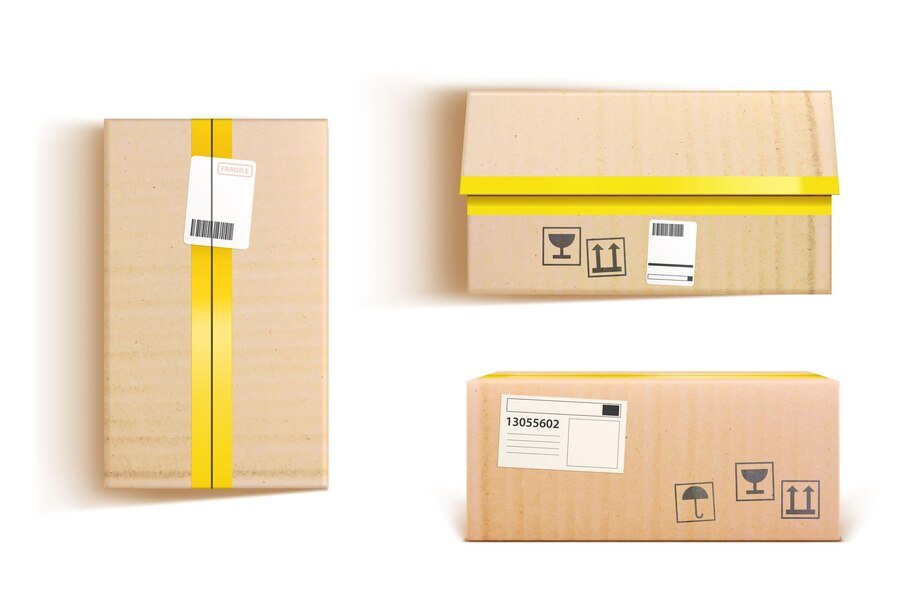One of those strange household chores that is within your capability in terms of skills and which you have to shoulder at times is replacing a light fixture. Yes, the task apparently seems easy and harmless and does not require much electrical expertise. But potentially this task could prove as dangerous as many other electrical tasks that you would not even dream of taking up yourself instead of hiring a licensed electrician. Actually electricity is always potentially hazardous. Even a minute mistake or a pinch of carelessness may make you pay dearly. As far as replacing light fixture is concerned the element of physical inconvenience also counts in. Usually most electrical outlets including fuse boxes and a lot of other electrical fixtures are placed down at a reasonable level whereas light fixtures are placed up high where you need a stool or stepladders to reach out. In certain buildings you even require a full length ladder for the purpose.
In some commercial premises you need a specially designed equipment to get up the height for replacing a light fixture. It is only you who can judge your own ability to get up to the location of a light fixture. The point is getting up to that height and once you access that height the task itself is quite simple and easy to accomplish. However, dealing with any electrical fixture requires a lot of care to be taken. Poor workmanship with light fixtures poses a severe risk with any part of your home or commercial space warns a lighting electrician in London. The amount of electricity that flows through the wires and goes into a light fixture is the same as what flows through the wires to the outlet.
Before moving further with the topic in hand let us pause here and quickly go through the legality of replacing one’s own light fixtures. As far as the UK is concerned, certain electrical works are notifiable as per the law. In other words you always need a qualified electrician to certify any notifiable electrical work. The task of replacing a light fixture does not come under the notifiable category provided –
- The light fixture belongs to a standard design
- The task does not involve removing or modifying any wiring and
- The replaced fixture is placed exactly at the same position as its predecessor
The legal aspect of the task is now clear, so let us get into its intricacies in the following section of the post.
Replacing a common light fixture in short and easy steps
In this section of the post we are going to discuss a general guideline on fitting light fixtures. This guide is not appropriate for any peculiarity of specific setup in your property or premise. If you lack some basic understanding or expertise with electrical installations at home then it is strongly recommended that you do not try replacing any light fixture yourself and better hire a licensed electrician to get it done.
It is also better if there is a second person around to keep you company. The person may pass on tools, hold the ladder you are standing on or just be around in case anything goes wrong.
Shut down the power supply
As it is with any other electrical work, you must shut down power supply to the circuit you are about to work upon. It is always better to keep a torch or flashlight handy in case you need illumination along the way. As the easier way out you can simply snap the switch of the light off and that makes it safe for you to work upon. But in this case there is the chance that someone could walk in and unknowingly put the switch on while you are still working on the fixture fitting mission.
Removal of the fixture housing in the process of Lighting installation
It is important to mention that almost any light fixture has two basic components –
- A section that contains the terminals to wire the light in and this section usually remains secured to the wall or the ceiling and
- Another sections that comfortably secures itself to the other section and this is the visible part of any light fixture
The second section of any light fixture is meant to put the unsightly fasteners that actually hold the light in place out of sight to contribute with better aesthetics, explain professionals providing lighting installation services in London over the years.
In order to access the wiring you have to remove the visible part of the light fixture. Removing the visible part of any light fixture actually involves a simple and easy procedure although there could be little variations between different types of fixtures. Basically it is everything about unscrewing a pair or so of screws and lifting the housing away.
Disconnection of the wires
Once you have removed the housing you can see the wiring inside the fixture. There you will find a set of three wires –
- The green or the green and yellow one is the earth wire
- The black or blue one is the neutral wire and
- The red or the brown is the live wire
Removing the existing fixture
You have to remove the existing fixture once the wiring is disconnected from it. The replacement should have the same mounting system and if it does then that makes your task easier.
New bracket installation
Once the old mounting bracket gets removed you can install the new one in place. If required then drill fresh holes on the wall to fix the bracket into those holes. But usually new brackets easily line up with the existing holes from the previous bracket. So you may not have to drill in fresh holes in most of these cases. It is important that before attaching the new fixture housing to the bracket you must make sure that the bracket itself is secure.
At this stage you are left with connecting the wires to the new terminals. Actually connecting the wiring to the new light fixture is always the same as disconnecting the existing one although in reverse order explain light installation experts in London. When it comes to installation of the new fixture housing you may need consulting with professionals like Electric Works London the instructions that came with the new light fixture. This is because there are innumerable styles of these fixtures available in the market and those products do not follow a uniform way of attaching.
Also read:




